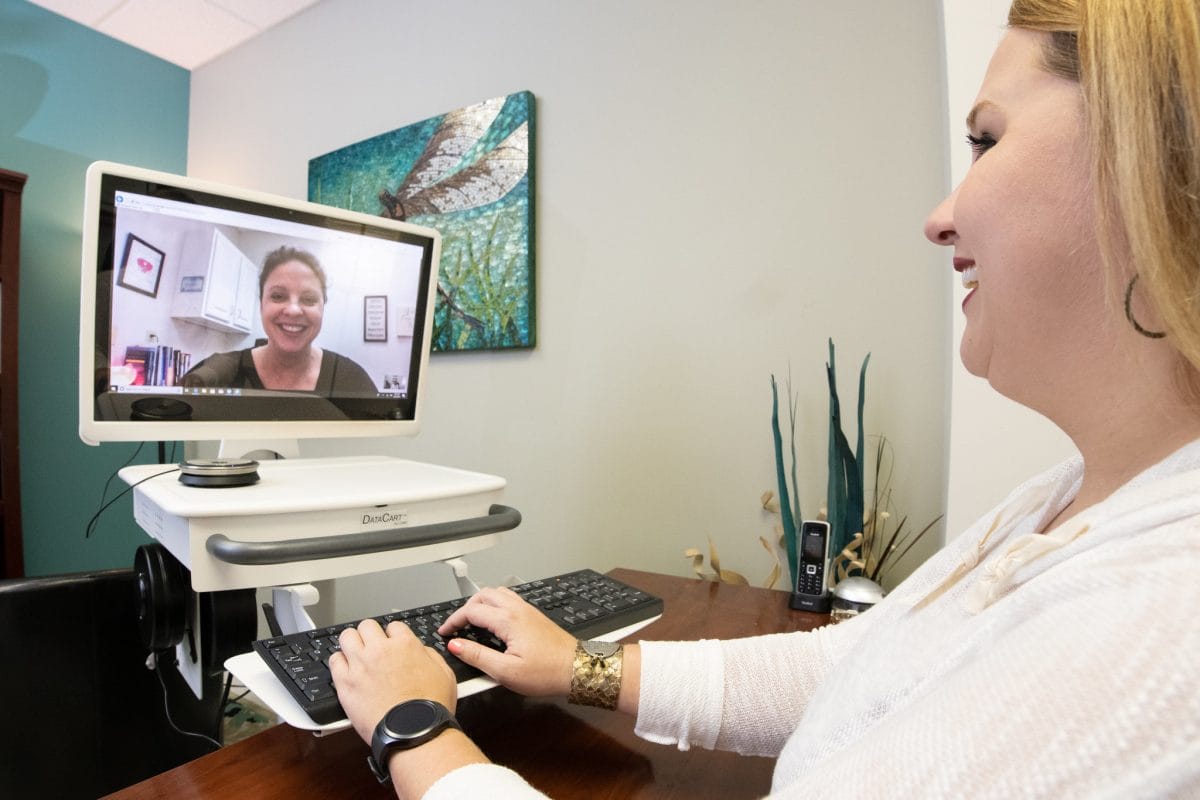Telemedicine Business
The world is now driven by technology, where people can achieve many things remotely. The health sector is no different, and telemedicine has now become a norm. If you are in the health sector and intend to tap into this, one of your options is to turn to the telemedicine business. It is a great startup opportunity with a ready market as many people prefer the convenience of accessing health services remotely.
So, how do you go about capitalizing on this opportunity? There is a lot to know before starting this business. Read this article to get a better idea.
Do Market Research
As mentioned, there is a ready market to support your telemedicine business. However, you should do a detailed market analysis to understand your target market in a better way such as the actual demand, preferences, and buying trends. If you are not sure of where to start, let a professional help you before making any further decisions.
Crease a Business Plan
It is important to make a business plan outlining the business model, services it will offer to the targeted market, financial projections, and the like. This is the blueprint with all the details of the business, especially the technology and infrastructure that will be used to offer health services remotely. With this plan, it is easy to execute the other services.
Make a Budget and Source Finances
A business plan goes hand in hand with a budget. While making the budget, be sure to include all costs, especially the cost of telemedicine business software. Take the time to source for the best telemedicine business software development experts who will definitely make a useful software for your health center. After this, you can now source for the finances, either from your savings, a business loan or startup business funding, or sponsorship programs.
Get Relevant Telemedicine Business Software
The most important step is to find the relevant telemedicine business software developer and install all the infrastructure that is required to offer remote health services to patients. Empeek can help you develop state-of-the-art software for your telemedicine business. Such a company not only develops the software and apps for the business but also oversees the pilot states and offers continuous support to your business.
Fulfill Legal Compliances
Once the telemedicine business has been set up, it should meet all legal standards and get all compliance certificates before opening door. This includes business licenses, certificates for all the practitioners, and the like. Ensure that none is missing to avoid problems with the authorities or even being forced to close the business after all of the investment.
Hire Qualified Employees
It is vital to hire qualified experts to run your business from doctors, clinicians, nurses, pharmacists, and the like. Ensure that they are all conversant with telemedicine business operations, especially offering remote consultations, prescriptions, and other guidance to patients. They should also be flexible and adaptive enough with telemedicine business operations to adapt even as changes come along.
Conclusion
Telemedicine business is not as complicated as many people may think. It is all about taking advantage of the modern technology and incorporating it in the health sector. The most important thing is finding the right telemedicine business software, which you can get through a reliable developer. Make plans today.
